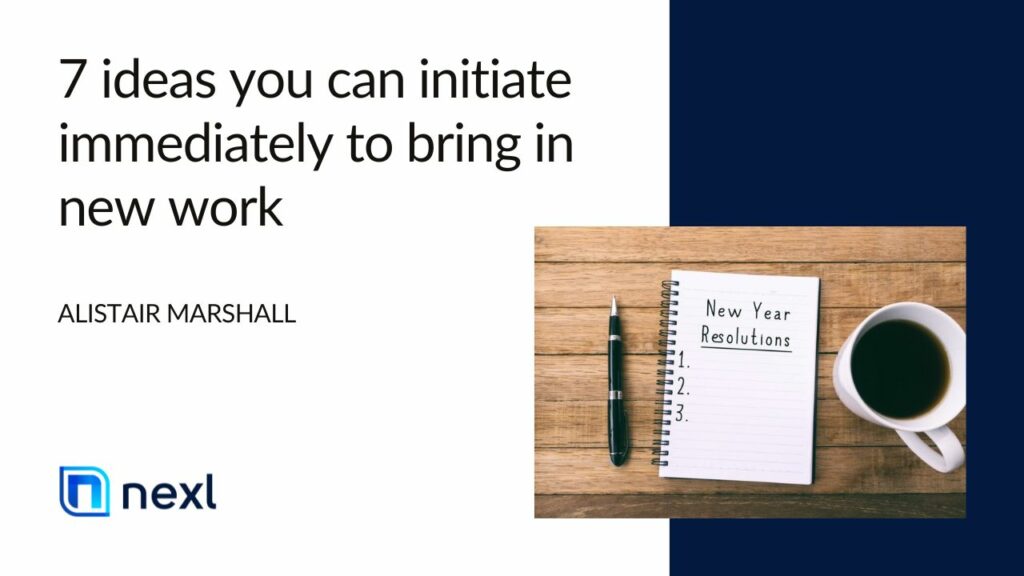The legal world has a unique relationship with CRM. On one hand, it’s clear that most law firms ‘get it’, with 78% of law firms using a dedicated CRM system in 2019. On the other hand, there is a painful disconnect between firm leadership and individual lawyers.
Lawyers are protective of their client books. Getting them to share this precious information with the firm is a leap that needs encouragement with genuine incentives and reasonable targets.
And we know that most firms haven’t nailed this formula. Case in point: in half of these firms, less than 5% of lawyers were regular users of their firm’s CRM system.
This should sound alarm bells.
With 3 out of 4 firms already putting money into CRM systems, it’s only a matter of time before more lawyers learn how to use CRM and start surging ahead of their competitors.
Luckily for us, Ackert’s report “The State of CRM at Law Firms 2019” asked 120 firms about the way they use CRM and how they could do better. Here are our 3 top takeaways:
In 2019, only 1 in 5 law firms didn’t use CRM software. These were mostly small firms. And they’re now changing that.
There’s no doubt about it – the vast majority (78%) of today’s law firms use CRM software. In spite of any establishment cost, most firms still see CRM as a big enough priority to invest in it today.
Meanwhile, the shrinking minority of firms that don’t use CRM is exactly that: shrinking. In 2019, only 22% of law firms lacked CRM, and this number has been falling since 2016.
We are rapidly approaching a day when firms without a CRM system won’t exist.
Most surprisingly, Ackert found that small firms (1-30 lawyers) accounted for the biggest jump in CRM adoption (14%) across all firm sizes last year. Even they can see what’s coming.
Bottom line: In 2020, law firm CRM is the rule, not the exception. Any firm that still lacks a dedicated CRM system is about to be left behind in a big way.
Despite high rates of firm adoption, lawyers aren’t using CRM frequently enough for it to be useful.
There are two parts to the CRM ‘decision’. First, there is the firm’s decision to implement the CRM. The firm pays a fee and within days, the CRM tool is available to the firm’s lawyers.
There is also a second, equally important choice: a lawyer’s decision to use that CRM from day-to-day. This is a choice they must make every time they are faced with a business development opportunity during the week.
An example might be when a lawyer has an informal call with a potential client. After hanging up, they have two options.
They could open up the firm’s CRM and update the entry for that ‘lead’ – or they could update their own, un-shareable notes/fail to make any record at all.
The latter, Ackert found, is what is happening most of the time.
In a perfect world, a lawyer would know that time spent updating CRM pays itself back in time. As a result, they would use the firm’s CRM regularly.
The CRM would become richer and more accurate. And ultimately, the firm’s client list would grow thanks to this well-oiled system.
Unfortunately, most lawyers don’t feel this way.
In half of the firms that used CRM, less than 5% of lawyers at the firm used CRM regularly.
And only 9% of firms could boast strong CRM usage rates (more than 61% of lawyers used CRM regularly).
Bottom line: Poor lawyer usage rates are killing the value of law firm CRM.
Firms recognise the lawyer-usage problem and are moving in the right direction with coaching, support staff, and low-effort tools (ERM, Pipeline Management).
Beneath these low rates of CRM use lies an uncomfortable truth about the way lawyers see CRM.
To put it bluntly, most (63%) lawyers don’t understand it or simply don’t care.
This is a classic problem for any technology, but is critical with CRM, which cannot thrive without user buy-in.
To close this gap and ensure high lawyer usage rates, Ackert suggests that firms invest in targeted adoption initiatives.
Ackert gives the fantastic example of a bonus awarded to the staff member who updates the most CRM records on behalf of their lawyers.
Here at NEXL, we’d add a suggestion: consider your lawyers’ preferences. When Ackert asked what lawyers like to use instead of CRM, email reminders were the clear winner (64%).
The popularity of this simple alternative suggests that lawyers would find a CRM tool:
which they t can access on a range of devices (like email);
which is not tied to a niche data format (like email); and
which is super easy to edit on the fly (you guessed it, like email);
…- to be extremely usable. Indeed, NEXL is built around these concepts.
Bottom line: To raise CRM usage, firms must get 3 things right: platform, incentives and targets.
Where to now?
To thrive in the post-COVID market of CRM-equipped firms, it’s not enough to pick an app and hope that your team likes it. Ackert’s report is a reminder that you must support the tool with strong incentives and achievable usage targets to make it a daily habit for your lawyers.
At NEXL, we sell a powerful contact management tool for lawyers; designed from day one to be the world’s simplest, most intuitive legal CRM app.
And – by giving each lawyer control over the level of detail they share – our tool creates genuine alignment between each lawyer’s personal goals and those of your firm.
We believe that lawyer adoption is the #1 consideration when choosing your firm’s CRM.
Get in touch for a live demo of our world-class tool today.






